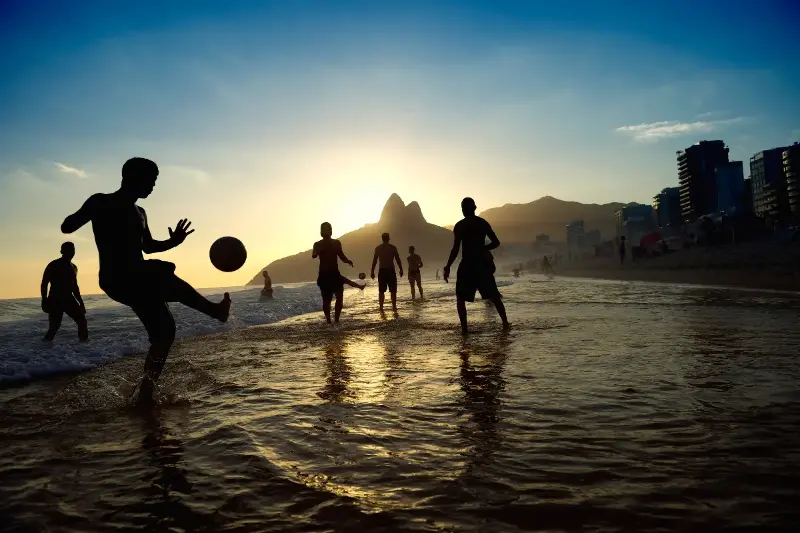Step onto almost any street corner in South America, and you’ll likely hear the rhythmic thump of a ball against the pavement, mixed with laughter and shouts. Here, football isn’t just a sport—it’s an everyday performance and a vital thread woven through the fabric of society. For millions, their first kicks are on dusty backlots, busy plazas, or make-do pitches where bricks, bottles, or backpacks serve as goalposts.
It’s in these informal arenas, far from glitzy stadium lights, that future footballing icons first hone their magic. South American legends like Pelé, Marta, Lionel Messi, and Neymar Jr. all trace their dizzying skills to countless hours spent playing barefoot and unrestrained, learning to dodge, feint, and strike with nothing but pure creativity and determination. These makeshift games are the ultimate equaliser: talent, imagination, and heart shine far brighter than any expensive gear.

The Pulse of Daily Life: More Than a Game
Football in South America is inseparable from culture. From Buenos Aires to Bogotá, it’s present in the chatter at markets, the murals splashed across city walls, and the music of carnival parades. The beautiful game shapes identities and forges community bonds, crossing economic and social boundaries with astonishing ease.
Key ways football pulses through South American life:
- Celebrations & Rituals: Game days are festive, with colourful banners, home-cooked meals, and roaring fans filling homes and public squares.
- Art & Expression: Famous stadium chants and samba-infused songs often emerge during matches, showcasing a blend of sport and spectacle.
- Names etched in lore: Every family has a favourite club, often passed down generations, linking past and future through shared pride and passion.
Football here offers hope and belonging, helping many navigate hardship while dreaming of something greater.

Few continents have made such an indelible mark on world football as South America. The region has won a combined nine FIFA Men’s World Cups and thrice lifted the Women’s Copa América, producing not just superstars but also influential playing styles. Think of Brazil’s “ginga”—a samba-like swagger—or Argentina’s “la nuestra,” an improvisational, creative approach cultivated in city streets.
Some unforgettable moments:
- Pelé’s three World Cup victories (1958, 1962, 1970) helped Brazil introduce their artistry to the world.
- Diego Maradona’s “Hand of God” and dazzling solo goal in 1986, blending controversy with genius.
- Marta’s record-breaking feats, making her the all-time top scorer in Women’s World Cup history, a trailblazer for female athletes everywhere.
These are the stories replayed in playgrounds and living rooms, keeping old legends alive while new dreams take flight.

With the region’s superstar exports playing for top European clubs and new academies nurturing young talent, South America’s love for football shows no sign of waning. Yet, modern pressures also exist: the lure of fame and fortune can tug promising players away from local communities, and the professional game sometimes faces challenges such as inequality and corruption.
Still, grassroots creativity—where a plastic bag tied with string can become a trusted ball—remains the spark behind South America’s enduring football magic. More girls than ever are taking to the pitch, and innovative development programmes are making the game safer and more inclusive for all.
Every match rekindles the continent’s abiding romance with football, blending joy, resilience, and hope.
In the end, South America’s bond with football is a living story—one of street dreams, stadium triumphs, and ceaseless reinvention. Whether you’re watching a World Cup final or a dusty pick-up game at sunset, the passion is unmistakable. What hidden talents might be waiting in the next generation of street stars, ready to burst onto the world stage? The ball, as they say in the barrios, is always rolling.
